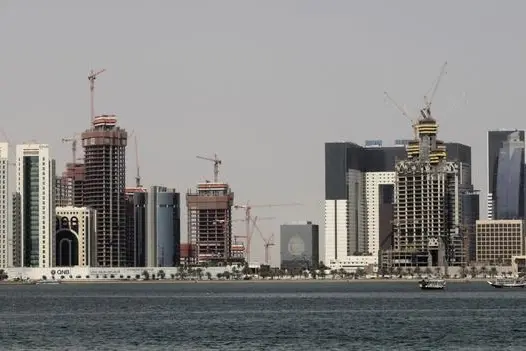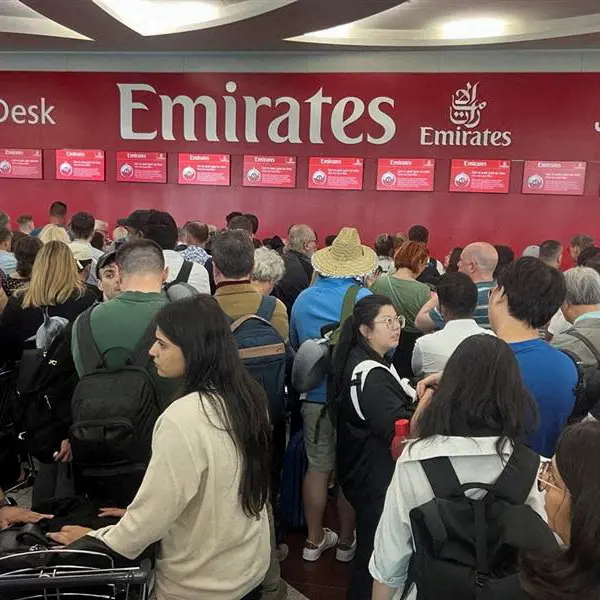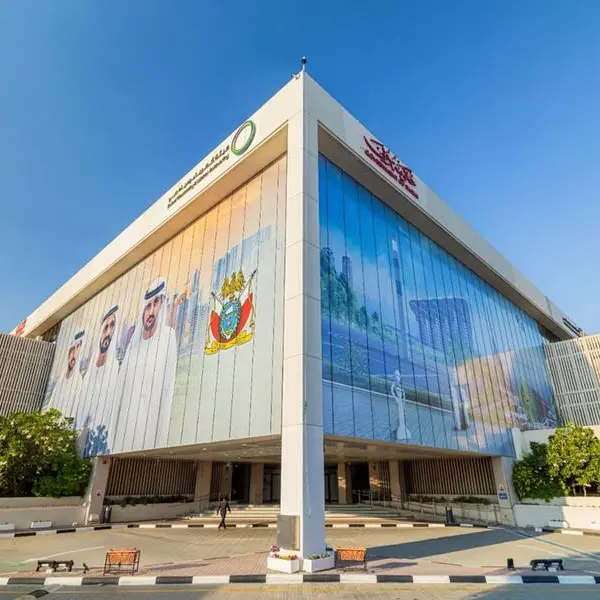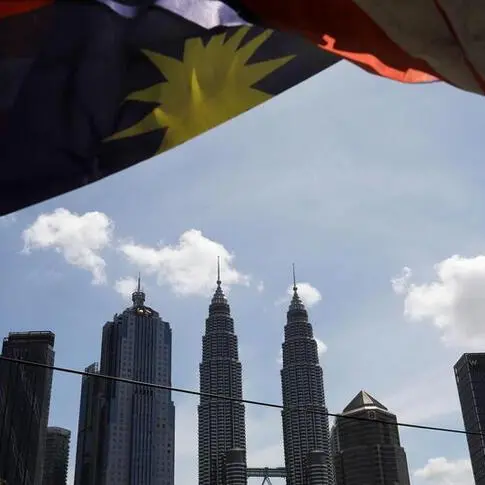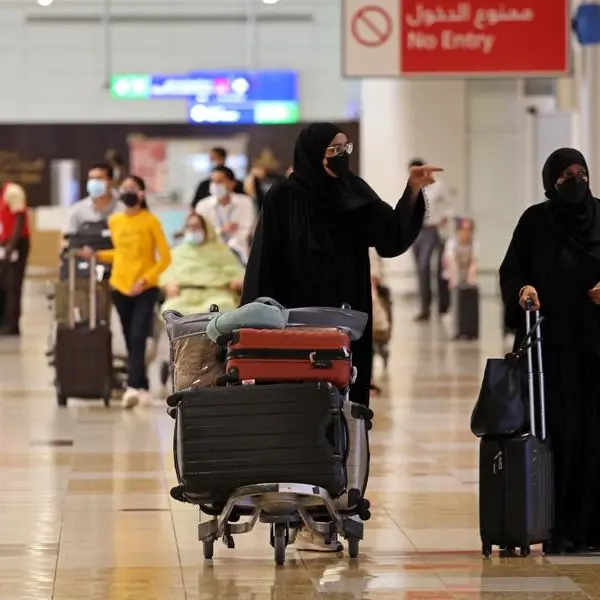PHOTO
Qatar’s hospitality sector continues to record weak performance, as visitor arrivals from the Gulf Cooperation Council (GCC) and other Arab countries continues to fall as the Gulf diplomatic crisis enters its fourth month.
Qatar recorded a drop of 18 percent in its visitor numbers from GCC countries in the first seven months of 2017, (656,681), compared to the same period last year (804,875), according to data released by the Ministry of Development Planning and Statistics (MDPS).
The diplomatic crisis seems to have also impacted visitor arrivals from other Arab countries as a nine percent decline was recorded during the period.
However, in the first half of the year, Qatar registered 10 percent growth in visitor arrivals from Europe and the Americas, over the corresponding period in 2016.
The increase in arrivals can be attributed to the government waiving visa requirements for 80 nationalities and the launch of an online visa application service for all nationalities.
Qatar, with financial reserves of $340 billion, has been supporting its economy through the infusion of capital, which, according to a Moody’s estimate, was around $40 billion in the first two months of the conflict with its neighbours. The rating agency has changed the outlook on Qatar's rating to negative from stable in July, saying that ‘the dispute has severely impacted trade, tourism and banking in Qatar, and increased the country's financing costs’.
Acknowledging this for the first time, the Qatar Tourism Authority (QTA), in its recently released Tourism Performance Summary of H1 2017, stated: “May and June saw a drop in arrivals, partly due to slowdown typically seen during Ramadan, which this year fell between May 25 and June 24, and as a result of the regional diplomatic dispute, with large falls in arrivals from GCC and other Arab countries.”
Hassan Al Ibrahim, chief tourism development officer of QTA, said in the report: “Undoubtedly, the diplomatic dispute with three neighbouring countries has had a negative impact on visitor arrivals during the summer months, rendering them slower than usual.”
This was also reflected in passenger traffic at Hamad International Airport (HIA) that declined by 32 percent this June (1,090,087), compared to May (1,600,811).
The MDPS and HIA have not issued traffic figures for July and August.
The dispute resulted in the closure of Qatar’s land border with Saudi Arabia and the airspace over the countries involved. QTA said, of these restrictions, the closure of the land border has had the largest impact on tourism performance.
Demand-supply mismatch
Qatar is facing a demand-supply mismatch in the hospitality industry in the run up to the 2022 World Cup. The country saw the opening of three new properties in the first half of 2017, adding 1,244 new rooms and bringing the total number of rooms available in Qatar to 24,460 across 123 properties, according to hospitality consultancy firm STR.
STR’s July pipeline database shows eight hotel projects in Qatar set to open by the end of 2017. “These additional 1,669 rooms represent a 6.8 percent growth on top of the country’s existing supply,” an STR analyst said in an email to Thomson Reuters Projects.
Qatar’s hotel sector is expected to see continuous development in tourism infrastructure, with additional hotels and serviced apartments as the country gears up for the 2022 World Cup.
A number of hotel and retail projects are being developed across the country, with Lusail seeing increased activity of late. “Place Vendôme mall, for instance, is expected to house two five-star hotels from Marriott as well as serviced apartments, and the latest offering by Langham Hospitality Group can be seen taking shape,” Anurag Gupta, director and head of real estate advisory at KPMG Qatar, said in an email to Thomson Reuters Projects.
“Other developments include The Mondrian Hotel, a luxury five-star property in central Doha, expected to open in H2 2017 or Q1 2018; and Centara Grand in West Bay, which is almost ready and is expected to hit the market soon,” he said.
Overall, Qatar is expected to receive about 1,000 keys in the five-star category by Q4 2017.
The QTA report acknowledged that the sluggish performance seen in the first half of the year is largely “a result of accommodation supply growth outpacing that of demand as preparations are made for the World Cup in 2022”.
“The diplomatic dispute and subsequent lower room demand beginning in June also impacted performance,” it added.
This year to date, the STR analyst said, Qatar’s hotel supply (rooms available) has been growing at a faster rate than demand (rooms sold), which has impacted the market’s performance.
However, to measure the actual impact of the diplomatic crisis on Qatar’s hospitality sector, one has to wait till the end of this year or beginning of next year when the sector enters the high tourism season, an industry source who wished to remain anonymous told Thomson Reuters Projects.
Weakening performance
Hotels in Qatar have been operating on around 50 percent occupancy during the past three months, with June being the weakest as occupancy dropped to 43 percent, representing a 10 percent decline against the past year, according to STR.
Preliminary figures showed that July and August had recorded occupancy of 49 percent and 50.1 percent respectively, a decline of 8.4 percent and 10.6 percent respectively against the corresponding months in 2016.
Although hotels have managed to maintain their average daily rates (ADR) at $114 in June, $128 in July, and $121 in August, with minimal decline from the last year, their revenue per available room (RevPAR) got hit with over 10 percent year-on-year decline.
With summer being a non-peak season for the region, the industry data suggests that the numbers are pretty much similar for all the other key hospitality markets, such as the United Arab Emirates, Oman, Saudi Arabia, Bahrain and Kuwait.
“Across the Middle East, RevPAR is down 6.2 percent in the first seven months of 2017 over the corresponding period in 2016. With low oil prices and strong hotel supply growth in several key markets, the region’s performance is on a downward trend, and it will take some time for demand to catch up,” said the analyst at STR.
For more data, analytics, tools and news on projects in the Middle East visit the Thomson Reuters Projects portal
© Zawya 2017
